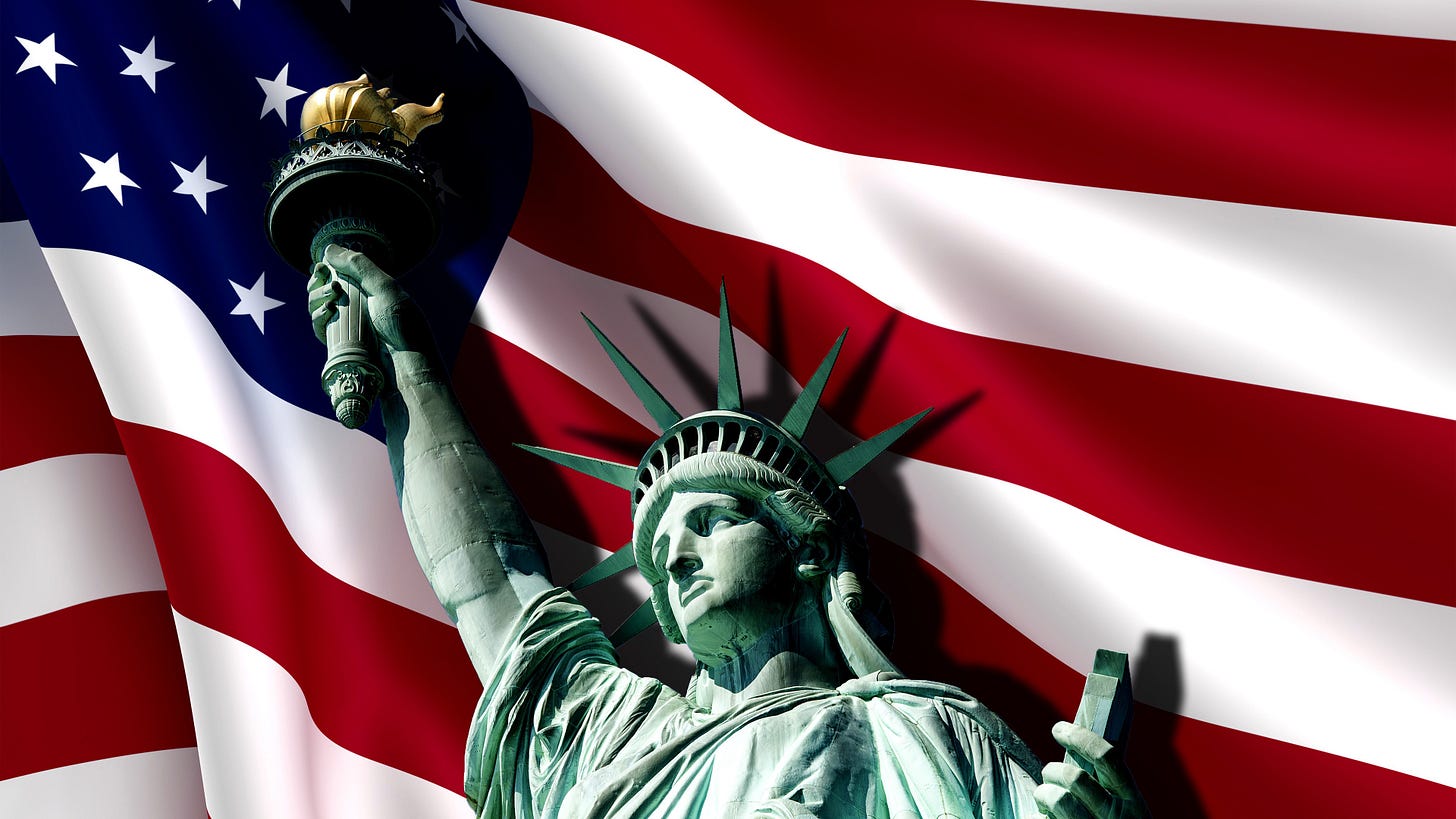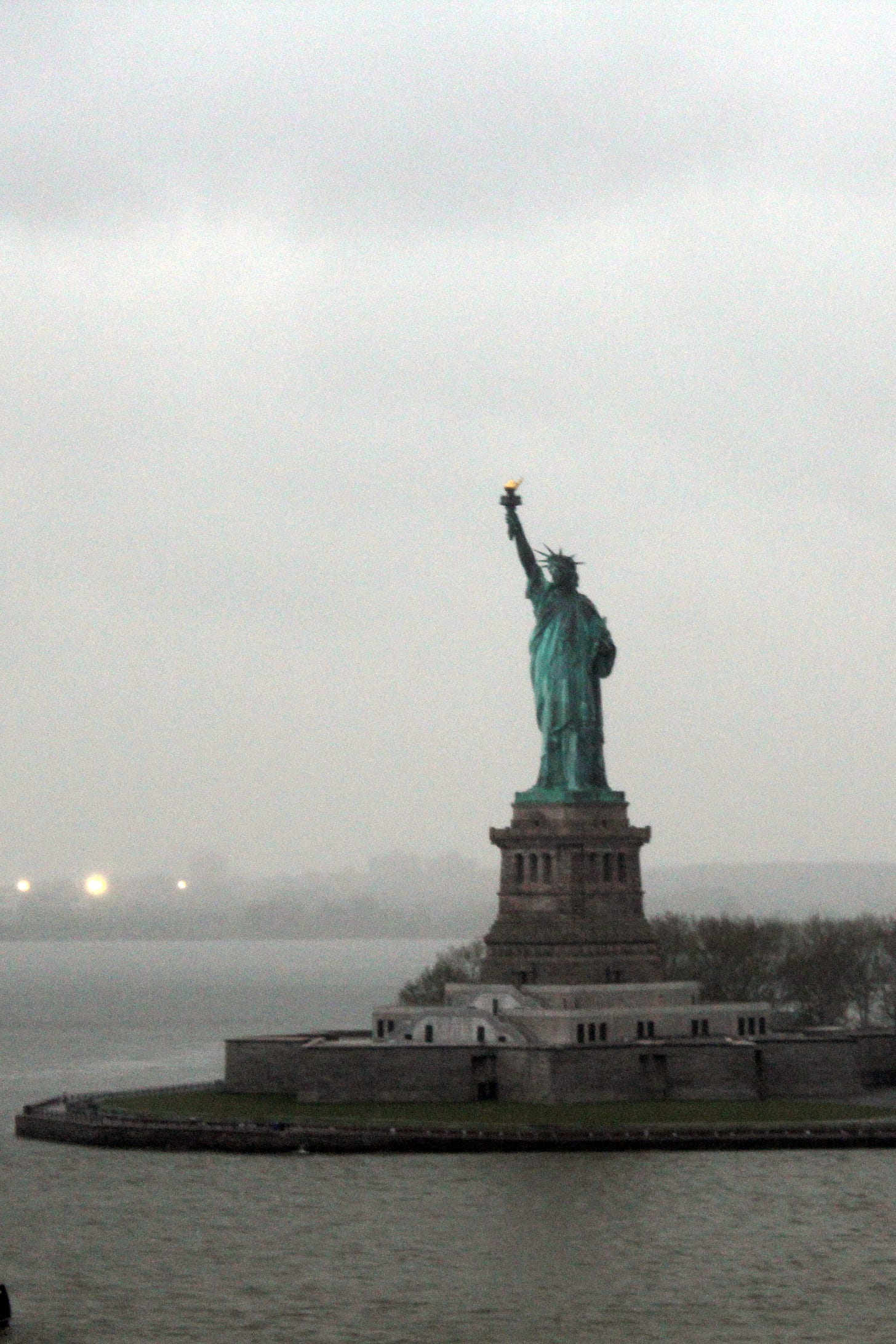Today marks America's 249th Independence Day. I’d like to take a moment to reflect on the profound meaning of liberty and the diverse tapestry of people who have contributed to our nation's story.
My ancestors, who arrived between 1849 and the early 1900s, were part of one of the most significant waves of immigration in American history. They came seeking opportunity, fleeing hardship, and carrying with them the courage to start anew in an unfamiliar land. Their timing placed them at the heart of America's industrial transformation, particularly in Pennsylvania's coal regions where so many European immigrants found work and built communities.
When my 2nd Great Grandfather, William Milnes Hampshire brought his family to Pennsylvania's coal region in 1849, he joined thousands of other European immigrants who were transforming the American landscape. The anthracite coal fields of northeastern Pennsylvania became home to English, Welsh, Irish, and German immigrants, followed by Polish, Slovak, Ukrainian, Hungarian, Italian, Russian, and Lithuanian communities. These immigrants didn't just work in the mines - they built the infrastructure, the communities, and the cultural fabric that would define American industrial might.
My 2nd Great Grandfather, George Rentschler, who arrived by 1861 and served in the Civil War, embodied a remarkable commitment to his adopted country. Like many immigrants of his era, he demonstrated his patriotism not through words but through service, literally fighting for the preservation of the Union and the principles of freedom that had drawn him to America.
Check out this video of everyone who immigrated to the U.S. since 1820! It’s pretty amazing!
The 1880s and 1890s saw a remarkable acceleration in European immigration to America. Between 1886 and 1924, almost 14 million immigrants entered the United States through New York Harbor. My Mey, Gilda, Kotlarek and Drachowski ancestors were part of this great migration, each carrying their own dreams of a better life in America. They would have seen the Statue of Liberty rising from New York Harbor - a sight that provided reassurance that they had reached "the land of their dreams.” I had my own experience with seeing this during a cruise to Bermuda in 2019. For immigrants arriving in the late 19th century, the Statue of Liberty represented far more than a monument - it was a beacon of hope and promise.
The Statue of Liberty from our cruise ship in 2019.
The Declaration of Independence was first read publicly on July 8, 1776, when Colonel John Nixon read it from the steps of the Pennsylvania State House (now Independence Hall) in Philadelphia. The reaction was immediate and powerful - while some in the crowd cheered, others shouted "Treason!" and "Long live the King!" But as word spread through the city, celebrations erupted with bonfires throughout Philadelphia, and bells rang through the night.
The contrast between that first somber July 4, 1776, and the joyful celebration of July 4, 1777, marked the beginning of America's greatest tradition. John Adams had envisioned exactly this transformation, writing to his wife Abigail that independence should be celebrated with "Pomp and Parade, with Shows, Games, Sports, Guns, Bells, Bonfires and Illuminations from one End of this Continent to the other.” The first organized Fourth of July celebration in 1777 featured ships firing 13-gun salutes on the Delaware River, ending with fireworks that "began and concluded with thirteen rockets.”
For 19th-century immigrants, the Fourth of July held special significance as both a celebration of their adopted country and a test of their American identity. Immigrant communities used the holiday to prove their patriotism and belonging in American society.
The experience of celebrating one's first Fourth of July as an immigrant was often profound. Modern accounts describe the mixture of excitement, gratitude, and hope that comes with participating in this quintessentially American celebration. For many, it represents not just the adoption of American customs, but the embracing of American ideals of freedom, opportunity, and democracy.
My ancestors' arrival 72 years after the birth of the nation placed them in a unique position - they were choosing to join an established American experiment, drawn by the same ideals that had inspired the founding fathers. Whether they felt the same inspiration as the founders is a question that resonates through generations of immigrant families.
What we know is that immigrants like my ancestors didn't just come to America - they helped build America. They worked in the coal mines that powered American industry, they served in wars that preserved American freedoms, and they raised families that contributed to American communities. Their inspiration may have manifested differently than that of the founders, but it was no less real or meaningful.
The fact that America has always been a nation of immigrants - even in 1776, when eight of the 56 signers of the Declaration of Independence were born outside the colonies - reminds us that the American story is fundamentally about people choosing to believe in an idea, to make sacrifices for a dream, and to pass on to their children the values of freedom and opportunity.
As you reflect on this Independence Day, remember that your immigrant ancestors were not just witnesses to American history - they were active participants in creating it. Their courage to leave familiar shores, their determination to build new lives, and their commitment to American ideals are as much a part of our nation's founding spirit as the words penned by Jefferson and the visions of Adams.
Before you enjoy your hamburgers and hot dogs today, take a moment to honor not just the founding fathers, but also the millions of immigrants who chose America, who worked to build America, and who passed on to us the precious gift of American citizenship. Their legacy lives on in every Fourth of July celebration, in every flag that flies, and in every generation that chooses to believe in the enduring promise of American freedom.
Have a happy and safe holiday!
If you have found this information useful, please consider supporting my work by subscribing to my blog and podcast today. Thank you!






That’s truly beautiful, Barb. I’ve been thinking a lot about my immigrant ancestors too. My father’s grandfather came to the US from a small hamlet in the Swiss alps as a little boy in 1853. His widowed mother sought opportunity for her five children and support for her own widowed mother. They grew to be farmers and pastors in the German-speaking regions of Michigan, Minnesota, and Wisconsin. So many stories, so many threads.